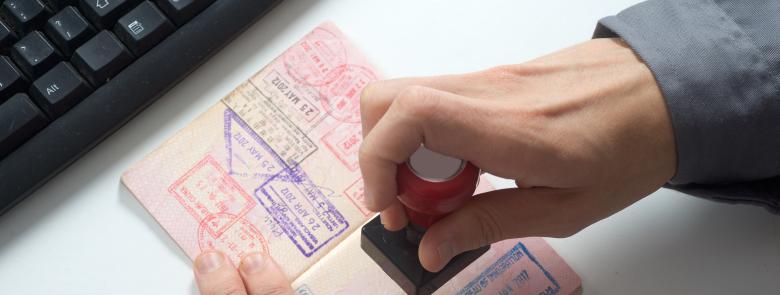High-level meeting on EES rollout

High-level meeting on EES rollout
29 October 2024: A high-level meeting was held today between DG HOME and the transport industry, including ERA, to address the ongoing challenges surrounding the Entry/Exit System (EES). The Commission confirmed significant delays, noting that several Member States are not prepared for implementation, which has led to tensions regarding readiness levels.
The Commission stated that the rollout of the EES will be progressive, requiring legal amendments to support this phased implementation. During this transition period, passport stamping will continue alongside EES registration to ensure effective border management.
Industry representatives, including IATA and ACI Europe, raised concerns about the system's stability and emphasised the need for transparency regarding each Member State's plans for going live. They highlighted the importance of establishing a clear framework to guide the progressive approach, advocating for a stable system before full implementation.
While there are ongoing discussions regarding a potential launch date, ERA is eager for clarity from the Commission, which is dedicated to maintaining open dialogue with stakeholders. The priority remains to ensure a seamless transition to the EES, meeting the needs of both the industry and travellers.
15 October 2024: During last week’s Justice and Home Affairs Council, Home Affairs Commissioner Ylva Johansson announced that the Entry/Exit System will no longer be implemented on 10 November. This decision follows the acknowledgment that three key countries with major hubs – France, Germany and the Netherlands – are not yet ready.
Commissioner Johansson expressed her concern and announced the delay, though no new timeline has been proposed or discussed at this point.
Additionally, Commissioner Johansson mentioned the possibility of a phased rollout as soon as possible, though this would require amendments to the legal framework and would depend on technical preparations.
3 September 2024: EU Commissioner for Home Affairs, Ylva Johansson, has announced that the new Entry/Exit System (EES) will launch on 10 November. ERA is working with members and stakeholders to prepare for implementation.
The EES was planned to launch in 2022 but faced multiple difficulties due to IT issues and delays in installing the automated barriers required at all international land, maritime and air borders in the Schengen Area, and as such was delayed until 2024.
On 19 August, during a visit to the eu-Lisa agency in Estonia, the EU Commissioner for Home Affairs, Ylva Johansson, confirmed that EES will launch on 10 November 2024. This will affect non-EU travellers entering the EU. From that day onwards, when entering the Schengen area, travellers from third countries will need to scan their passports each time they cross an EU external border.
The launch of EES will also precedes the upcoming launch of ETIAS (European Travel Information and Authorisation System) that will happen around six months later. This new scheme will require non-EU citizens who do not require a visa to have travel authorisation to enter the Schengen Area.
9 July 2024: Last week, ERA along with other 15 organisations, sent a letter to European decisionmakers regarding the forthcoming implementation of the Entry/Exit System (EES) scheduled for Autumn 2024.
The letter stresses the lack of readiness by all Member States to start using such a system, and asks for urgent support from the Commission and national authorities.
In our letter, three main issues are highlighted for the implementation:
- The date of the start of operations: no date is established yet, but airports and airlines will need to know at least three months in advance, especially since there will be no transitional or flexibility period.
- The readiness at border control points: we need the Commission to provide clear guidance and support to Member States that are not ready yet.
- The impact on passenger experience: a public awareness campaign is needed to communicate with the passengers about the upcoming changes for them and ensure a transitional period of 12 to 18 moths after the start of operations to avoid any disruption.
Such issues must be challenged in order to ensure a smooth and safe experience for travellers entering the Schengen area at the time of launch.
The letter is attached (locked for members only).
